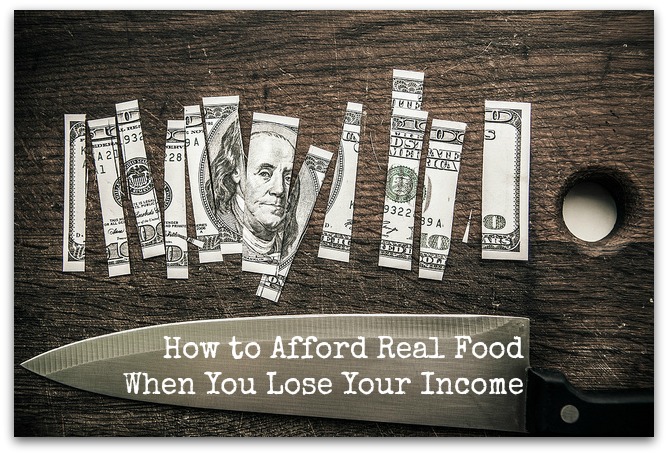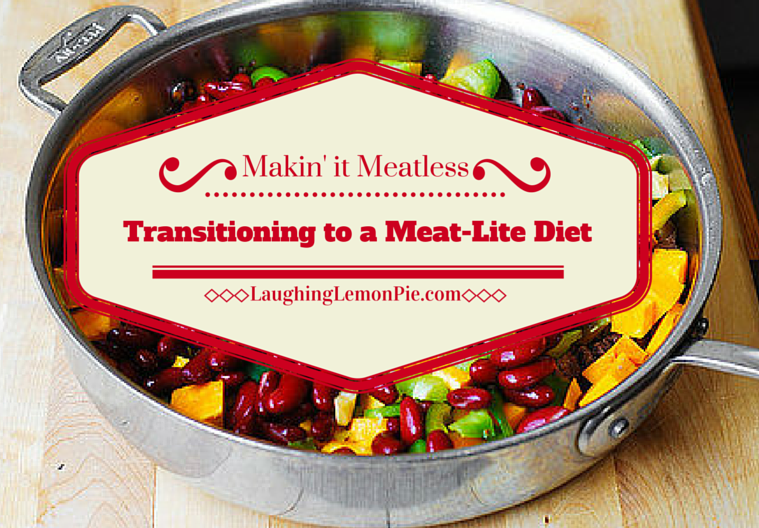On January 5, 2009, I was laid off from my job. It was still near the beginning of the economic crash, and we all knew the company wasn’t doing great, but I thought I was safe. Just a week before, I had been meeting with the CEO of the company, he had asked for my ideas about how to tackle several projects. I had gotten a great performance review just a few months earlier. I thought I was doing a good job.
And I was. But what I didn’t know was that, because of a series of somewhat unusual circumstances, I was getting paid nearly double what a couple of other people in my department were getting, for doing almost the same work. It took me a long time to accept it, but I realized that the size of my salary is almost certainly the reason I was let go—not because of anything I did or did not do.
It was a scary time. I had to learn about collecting unemployment, start looking for a job in a field (journalism) that hasn’t been doing well for a while. And my husband and I had to figure out how to cut back on our expenses.
It’s not a fun thing to talk about, but there may be times in your life when you have to survive on a very limited source of income.
…Or maybe you will face an emergency, like a blizzard, an earthquake, a hurricane, or a Frankenstorm like Sandy, that keeps you away from the stores (and away from work?) for longer than may be comfortable.
…Or, in a happier scenario, maybe you’d like to trim your budget in order to save up for something else, like holiday gifts or a large purchase.
Whatever the circumstances, it should be reassuring to know that you can still eat real food on a very limited budget and not have to turn to Ramen noodles or canned Spaghetti Os. You and your family can still have good food and good nutrition, even when there’s very little money. Here’s how:
Save money on real food
First and foremost, depending on your circumstances, you might need to choose to be more strategic about what you’re buying organic, and buy the rest conventional. If you haven’t downloaded my ebook, now is a good time—and look at the section on going organic strategically. In general, though, you can follow the Environmental Working Group‘s list of the cleanest and dirtiest produce, and then add organic milk and organic peanut butter to your list—especially if you have kids who consume a lot of those two foods. (There’s a more detailed list of what you should buy organic if you can in my ebook.)
Of course, depending on your circumstances, you may be able to still buy all organic foods. That’s a call you’re going to have to make for yourself. But here’s the biggest thing to remember: In lean times, it is most important to have healthy, nutritious foods for you and your family whether they are organic or not.
Second, whether you’re buying organic or conventional, prep yourself for some serious DIY times—because what we are doing here is swapping money (that we would otherwise spend on convenience foods) for time. I realize that just because you have less money, you may not have more time, but you’re going to have to try to find it. Enlist help from whomever you share your life with, stop watching TV (you shouldn’t be paying for cable or Netflix at this point, anyway), or dedicate yourself to a few hours on the weekend when you will prep for the week. It may not be fun or pretty, but it can be done.
If I were facing a week (or longer) with very little money to spend on food, here is what I would do, in order:
- Start with what you have. I’ve written about shopping at home by seeing what you have in your pantry and freezer. Maybe you have some odds and ends that you can put together to make a meal. Check the pantry list below and see what you have right now.
- Stock the pantry. The following is a list of cheap pantry staples that you may already have on hand. I picked these based on what is least expensive, most nutritious and most versatile. If you’re reading this when you are fortunate enough to have a little extra money, I would make it a priority to ALWAYS have these things on hand:
- oats
- tomato paste and/or diced tomatoes
- dry beans
- rice
- dried, frozen, or canned fruit
- flour
- cooking oil (whatever your preference is)
- peanut butter
- powdered milk (for cooking, mostly, but you can drink it in a pinch)
- cornmeal
- baking powder and baking soda
- salt
- sugar
- canned tuna or salmon
- nuts (peanuts are usually cheapest)
- pasta
- If you need to buy any of those items above, they are listed in order of priority. There’s an article I have had bookmarked forever about the cheapest food you can store for emergencies; it suggests you have oatmeal, tomatoes, beans, and canned or dried fruit to get the most nutrition for your dollar. If you truly can only buy a few things, make it those. You will survive. (The article even goes into quantities you’d need to have stored for an emergency, so if you have the means, it’s a great way to get prepared.)
- Assuming I had at least a few of the above in my pantry already, and I had some money left over, this is what the rest of my grocery list would look like, again in order of importance.
- eggs
- potatoes
- onions
- carrots
- celery
- milk
- cabbage
- greens
- bananas
- apples
- chicken leg quarters
- frozen fruits and vegetables
- bacon or salt pork
- butter
- When shopping, buy whatever is cheapest; in the summer, watermelon and zucchini may be a better price than apples and squash. Use your judgement and your store’s sales flyers. Any meat you can get for less than a dollar a pound (conventional) is a good deal. Again, read through my ebook and use those strategies to your best advantage.
Now that you’ve stocked your pantry with some of the least expensive foods for your money (with the most nutritional bang for your buck), we’ll talk about what to do with it —in part two next week.
Take action now: Check your pantry against the pantry list above; what are you missing? If you can afford it, add a couple of those things to your list now, so that you’re prepared for later.
original image ![]() Some rights reserved by Tax Credits
Some rights reserved by Tax Credits





Cool post! I remember a time when I was struggling and I used to buy marmalade jam and pancake mix that you mix with only water. Not the healthiest but the carbs helped me get through my very physical job at the time.
Thanks Dustin!